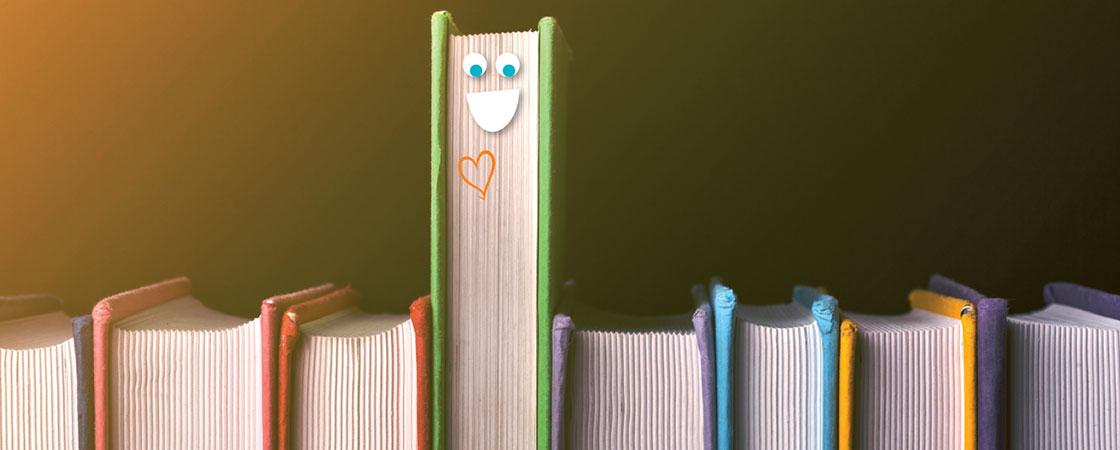Introduce your students to J. Patrick Lewis in this 2-minute interview that explains how he became a poet.

BILLION PHOTOS/SHUTTERSTOCK.COM
Are You a Book Person?
This rhyming poem celebrates the joy of reading
By J. Patrick Lewis
From the March / April 2019 Issue
Learning Objective: Students will discuss the use of rhyme in a poem and identify its main idea.
Audio
()
Activities
(2)
Skills Activities
Quizzes
(1)
Answer Key
(1)
Audio
()
Activities
(2)
Download All Quizzes and Activities
Skills Activities
Quizzes
(1)
Answer Key
(1)
Watch This
Read This
We love this great poetry book about heroes and “she-roes” by J. Patrick Lewis. Consider adding it to your classroom library and using it to teach your students about the importance of helping others.
More About the Article
Key Skills
Rhyme, metaphor, expressing an opinion, key details, main idea
Step-by-Step Lesson Plan
1. PREPARING TO READ
Set a Purpose for Reading (10 minutes)
- Begin by reading the Rhyme bubble for the class. Prepare students to listen and look for examples of rhyme in the poem.
- Next, read the Main Idea bubble. Point out that the poem helps make the main point about the importance of books in our lives.
- Read aloud the title. Ask students what it might mean to be a “book person.” Tell them to think about their answers to this question as they read.
- Direct students to look at the photograph. How does it connect to the idea of being a “book person”?
2. READING AND DISCUSSING
- Read the poem for the class or play our audio version. Point to the word fuse in line 12. Explain that a fuse is something that sets off an explosion.
- Project or distribute the Close-Reading and Critical-Thinking Questions and discuss them as a class while students refer to the poem in their magazines. (These questions are now available in Google Forms so students can type in their answers and email them to you.)
Close-Reading and Critical-Thinking Questions (15 minutes)
- What are some words that rhyme in the poem? (rhyme) kind, mind; own, alone; shelf, herself; soul, goal; amuse, fuse; end, friend
- In the first three lines, what two things does the poet compare? (metaphor) The poet compares a good book to a person with a mind of her own.
- In lines 10-11, what does the poet say is the goal of a good book? (key details) The goal is to capture a reader’s attention, to amuse the reader, and to light a fire. What does the poet mean by “light a fire”? (interpreting text) The poet means that a book can excite a reader’s imagination.
- In line 12, why does the poet say that you, the reader, are “the fuse”? (metaphor) Just like fire can lead a fuse to explode, a good book can make a reader “explode” with excitement or enjoyment.
- What does the question in the last line of the poem suggest you should do if you need a friend? (expressing an opinion) If you need a friend, read a good book. How does this question connect to the main point of the poem? (main idea) The main idea of the poem is that books are important in our lives, just as friends are.
3. SKILL BUILDING
- Call on a volunteer to read the Think and Write box at the bottom of the page.
- Distribute our Write Your Own Poem Activity. Remind students to include at least two sets of rhyming words as they write about their own feelings about books. They can read their poems in small groups.
Text-to-Speech
